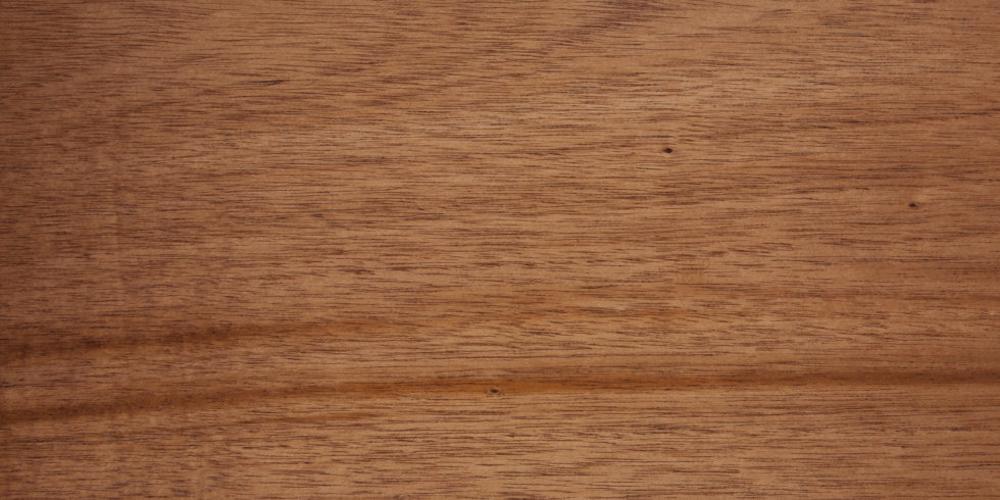
African mahogany
Description
Light pinkish-brown when freshly cut, darkening on exposure to a deep reddish color. Texture often moderately coarse, with a high, golden luster. Typical dry weight: 530kg/m3. It grows in tropical areas of West, Central and East Africa.
Properties
Medium crushing strength, low bending strength, very low stiffness and resistance to shock loads. Generally easy to work with hand tools.
Uses
Furniture and cabinetmaking, interior joinery, boatbuilding, office and shop fittings. Also sliced for veneers and rotary-cut for plywood.
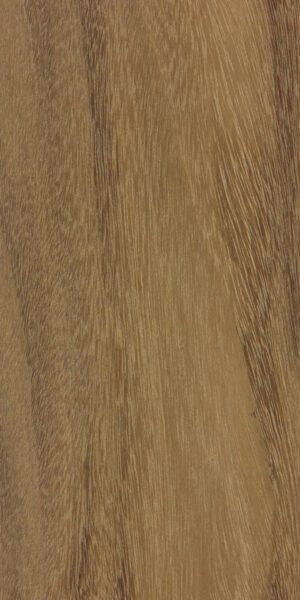
Afrormosia
Description
Heartwood darkens on exposure from deep orange-brown or brown to brownish-yellow with darker streaks. Texture is medium to fine. Typical dry weight: 690kg/m3. Grows in West Africa.
Properties
Heavy dense wood with medium stiffness and resistance to shock loads. High bending and crushing strength but can distort during steaming. Works well with normal tools but a low cutting angle is advised for planning.
Uses
Originally used as a substitute for teak. Now for furniture and cabinetmaking, boatbuilding, parquet flooring, stairs, shop fittings and marine piling. Also used in veneer form for wall paneling, furniture and doors.
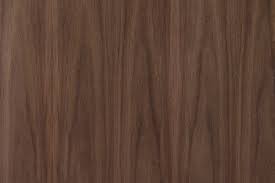
American walnut
Description
Heartwood can be light grayish-brown, dark chocolate or purplish-black. Sapwood is whitish to yellowish brown, unless stained or steamed to match the heartwood. Texture is usually coarse, but develops a lustrous patina in time. Typical dry weight: 640kg/m3. Grows in Canada and USA.
Properties
Hard tough wood with moderate crushing and bending strength. Low stiffness, works well with machine and hand tools.
Uses
Quality cabinetmaking, furniture, architectural work, flooring, boatbuilding, musical instrument and sporting goods. Sliced for decorative veneers and used for plywood.
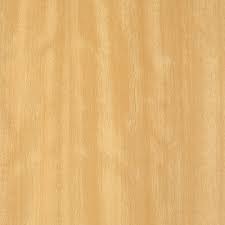
Avodire
Description
Little distinction between sapwood and heartwood. Wood is typically creamy-white to pale yellow but darkens on exposure to a golden yellow. It has a wavy or irregularly interlocked grain. Typical dry weight: 550kg/m3
Properties
Wood has generally poor steam-bending qualities. Works well with machine and hand tools. Interlocked grain can pick up on planing.
Uses
Cabinetmaking, quality joinery, shop and office fittings, musical instruments. High quality veneers are produced from well-figured wood.
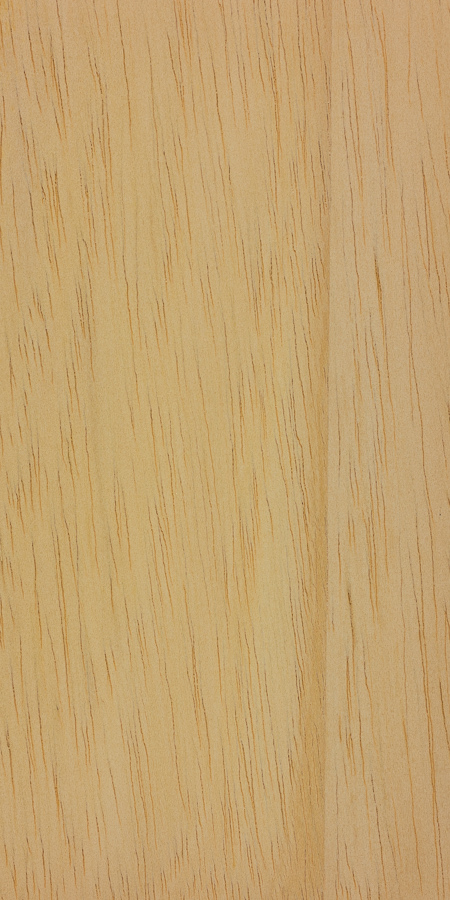
Ayous or Wawa
Description
It is also known as obeche. Heartwood tends to be pale yellow, with pale wood not clearly distinguished from heart wood.
Characteristics
Generally easy to work, although interlocking grains can cause some coarse surfaces in some operating processes. Sculpture, stains, glue and finishes well.
Uses
Veneer, plywood, sculptures, furniture, interior grinding works, as well as beams, columns and panels in the construction of local homes.
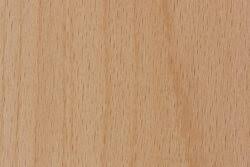
Beech
Description
Sapwood is hard to differentiate from heartwood. Color varies from whitish to very ale brown. Can turn to a deeper reddish-brown with steaming. Straight grain with fine, even texture and a characteristic fleck. Typically dry weight: 720kg/m3. Grows throughout central Europe and UK, also in western Asia.
Properties
Suitable for steam bending. Medium stiffness and high crushing strength. Medium resistance to hand tools.
Uses
Solid and laminated furniture such as desks, benches and chairs, quality joinery, tools, tool handles, musical instruments, domestic flooring, decorative veneers and plywood.
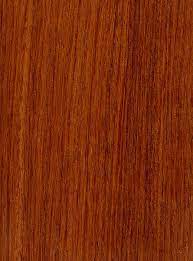
Burma Padauk
Description
Heartwood is yellowish-red to brick-red and loses its luster on exposure. Sapwood is grayish-white. Typically dry weight: 850kg/m3. Grows in Burma (Myanmar), Laos, Philippines, Thailand, Vietnam.
Properties
Hard, heavy, dense and strong wood with very high bending and crushing strengths. Hard to work with hand tools.
Uses
Furniture and cabinetmaking, flooring, boat frames, billiard or pool tables and cues, oil presses and tool handles. Also sliced for decorative veneers.
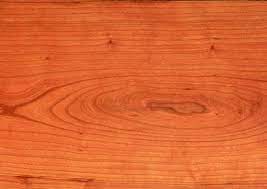
Cherry
Description
Also called black cherry or wild cherry. Heartwood can vary from reddish-brown to either deep red or a lighter red-brown. The sapwood is whitish-to reddish-brown. It has a fine close grain and a smooth texture. Typically dry weight: 580kg/m3. Grows in Canada and the USA.
Properties
It has medium strength and resistance to shock loads, low stiffness and good bending properties. It steam-bends well, and has been compared to beech and ash in this regard. Works well with hand and machine tools.
Uses
Furniture, cabinetmaking, quality joinery, carving, musical instruments and decorative veneers.
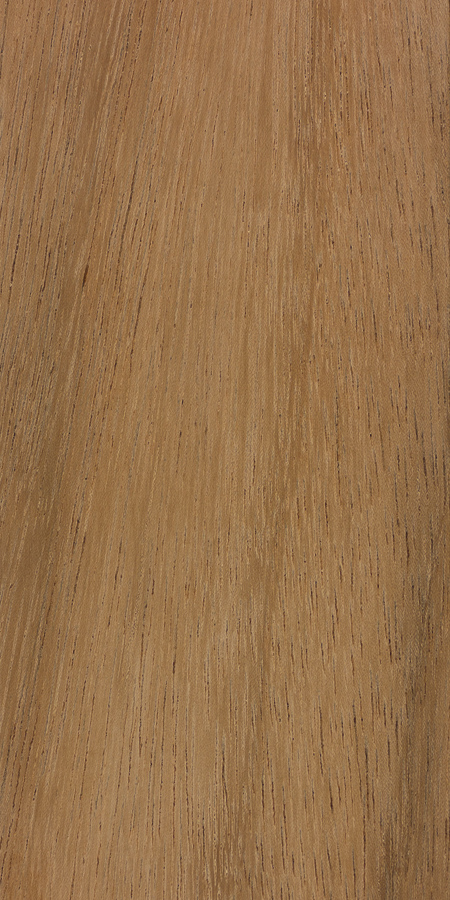
Dabema
Description
Also called Dahoma. Heartwood is light yellowish or reddish brown. Typically dry weight: 695 kg/m3. Grows in West, Central, and East Africa.
Properties
Easy to work with both hand and machine tools, though the wood has a tendency to blunt cutting edges. Dabema will also react when put into direct contact with iron in damp conditions, becoming discolored and stained. Turns, glues, and finishes well.
Uses
Heavy construction, boatbuilding, docks, flooring, furniture and cabinetry.
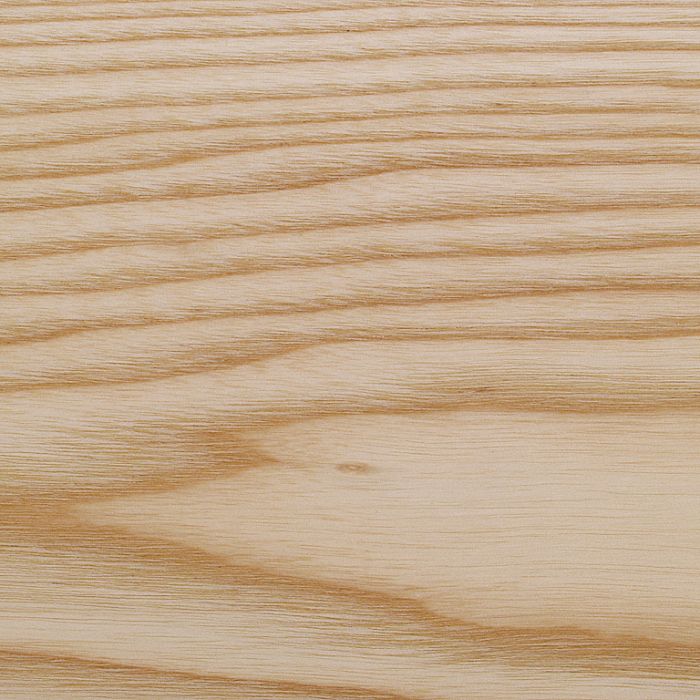
European Ash
Description
Color generally creamy to light tan. Tough, heavy, straight-grained and flexible, coarse but even in texture. Typical dry weight: 710kg/m3. Grows in Europe, North Africa and western Asia.
Properties
Excellent wood for steam bending. Medium resistance to crushing and shock loads, low stiffness. Tough and resilient, with good elasticity.
Uses
Furniture and cabinetmaking, turnery, tools handles, sport equipment and decorative veneers.
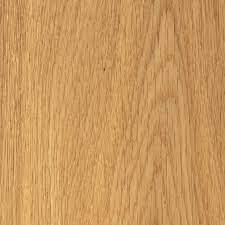
European Oak
Description
It is also called the English oak. Heartwood varies from light tan to deep brown. The pills are usually straight but irregular. The texture is coarse. Normally dry weight: 720 kg/cubic meter. It grows in Europe, Turkey, North Africa, Southeast Canada and the United States of America.
Characteristics
Solid, heavy and fairly dense wood with cracking force, high bending, low stiffness and resistance to shock loads. Very good for steam bending.
Uses
Making furniture, cabinet, high quality carpentry, office furniture, kitchen cabinets, flooring and boats.
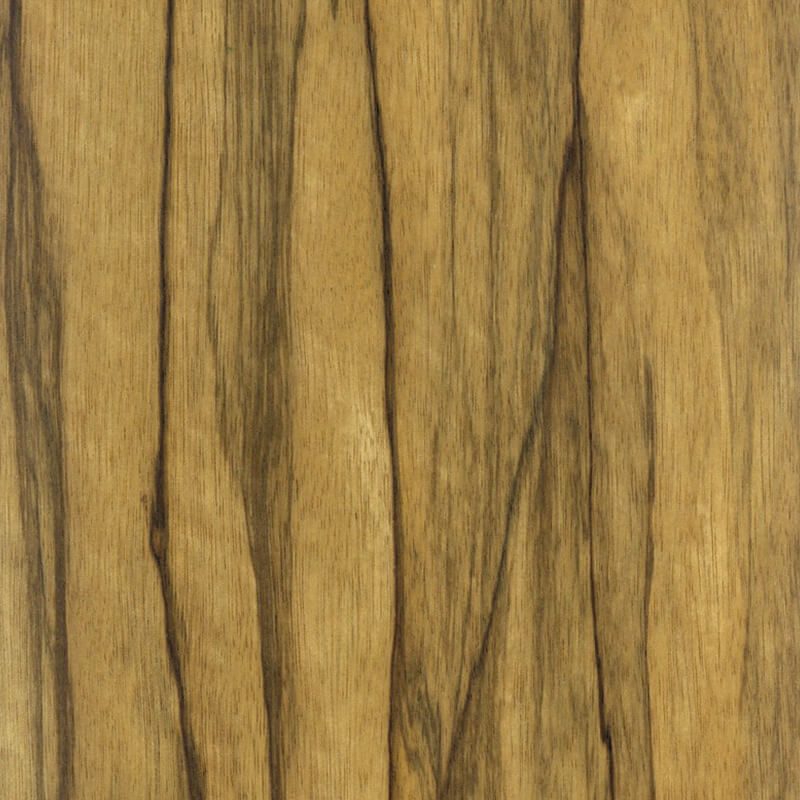
Frake
Description
Pale yellow-brown to straw-colored, and the heartwood may have grey-black streaks. Straight and close-grained, with a moderately coarse texture. Typically dry weight: 550kg/m3. Grows in West Africa.
Properties
Low bending strength with low stiffness and medium crushing strength. Takes an excellent finish provided filler is used.
Uses
Furniture, interior joinery, shop fittings and light construction.
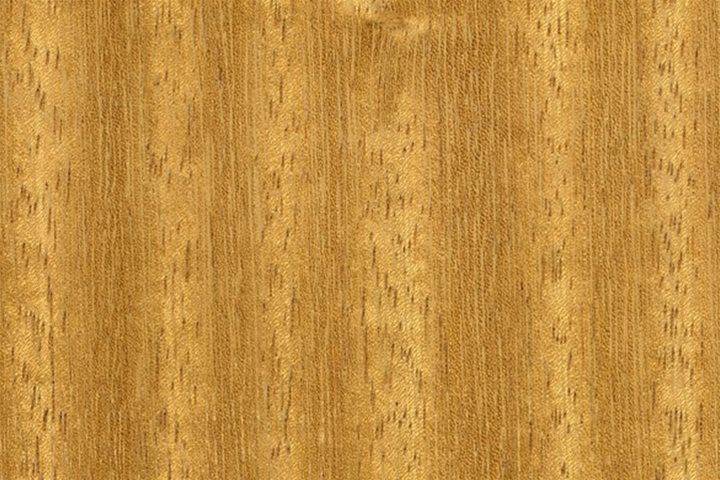
Iroko
Description
Yellowish-white sapwood is clearly differentiated from the heartwood, which is golden orange to brown. Grain is moderately interlocked, with a fairly coarse and even texture. Iroko is often used as a substitute for teak. Typically dry weight: 640kg/m3. Grows in East and West Africa.
Properties
Low resistance to shock loads and low stiffness. Medium crushing and bending strength, medium density and a moderate steam-bending rating.
Uses
Furniture, joinery, carving, parquet flooring, boat and ship building.
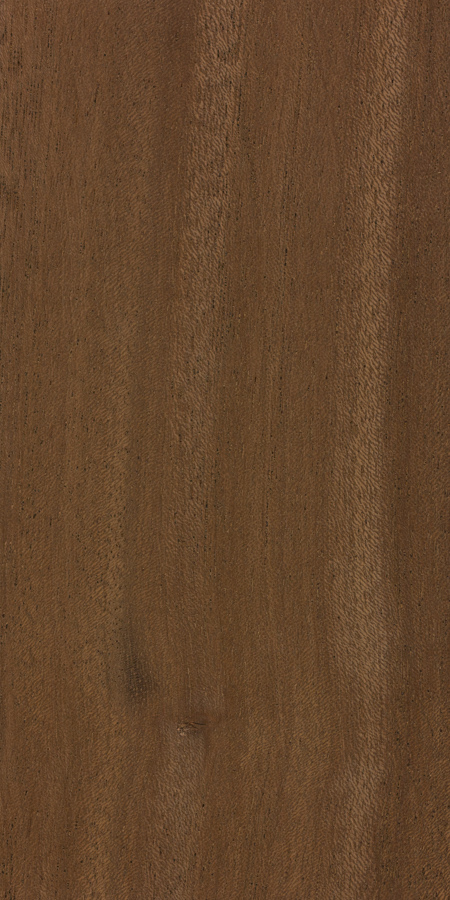
Kosipo
Description
Heartwood is a golden to dark reddish brown. Color tends to darken with age. Typically dry weight: 680 kg/m3. Grows in West Africa.
Properties
Overall easy to work, though pieces with interlocked grain can produce tear out in surfacing operations. Poor steam bending properties, but glues, stains, and finishes well.
Uses
Veneer, plywood, boatbuilding, cabinetry, furniture, interior and exterior joinery.
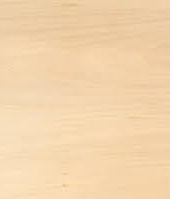
Lime
Description
Also called linden . Initially pale yellow or uniform white, and ages to pale brown after extended exposure. The sapwood is usually not distinct from the heartwood. Typically dry weight: 540kg/m3. Grows in Europe and UK.
Properties
Rated as medium in bending and crushing strength, and as low in resistance to shock loads and in stiffness. Dense and resistant to splitting.
Uses
Easy to work with both hand and machine tools. Particularly valued for carving and is also used for musical instruments.
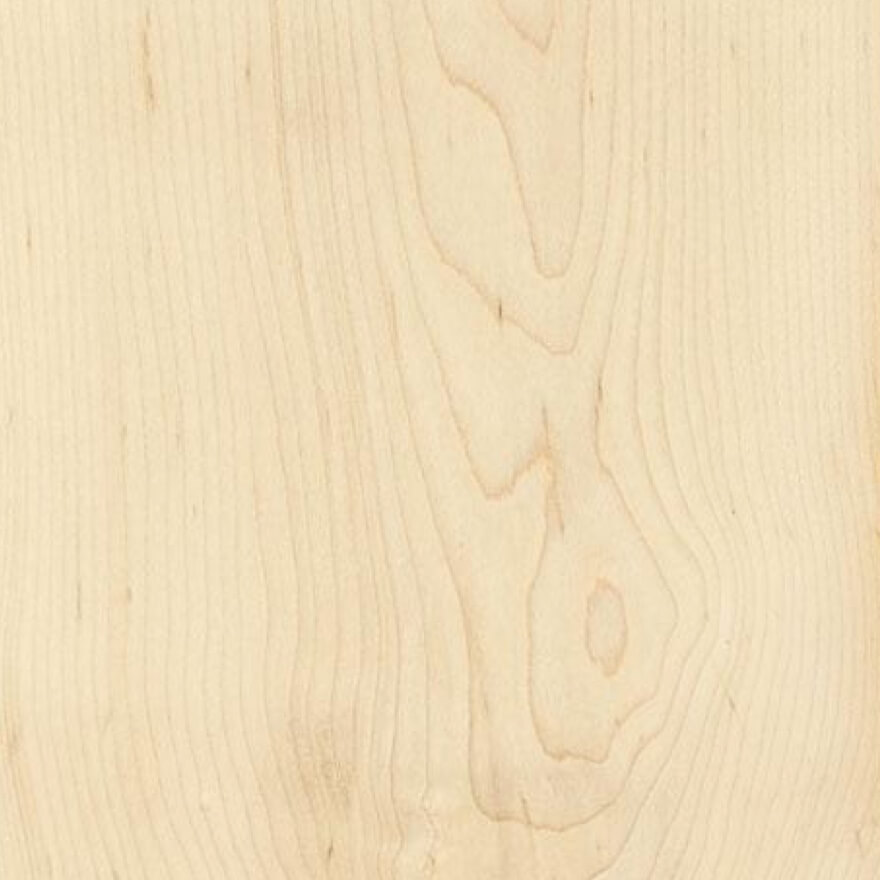
Maple
Description
Heartwood is creamy-white when cut but ages to a light tan. The wood has a high natural luster. The sapwood is not normally distinct from the heartwood. Typically dry weight: 690kg/m3. Grows in Europe, UK, Turkey and USA.
Properties
Low resistance to shock loads and low stiffness. This wood steam-bends well. The sapwood is permeable for preservative treatment, but the heartwood is resistant.
Uses
Furniture, interior joinery and woodenware. Can also be used for veneers and marquetry.
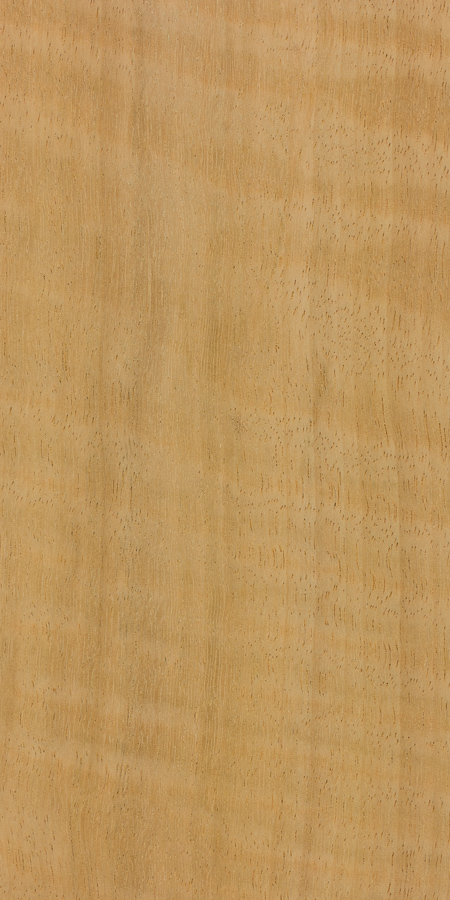
Movingui
Description
Yellow to orangish brown, darkening with age. Grain can vary from straight to interlocked to wavy. Texture is fine and even, with a good natural luster.
Properties
Generally easy to work, movingui glues, stains, and finishes well.
Uses
Veneer, cabinetry, furniture, and flooring.
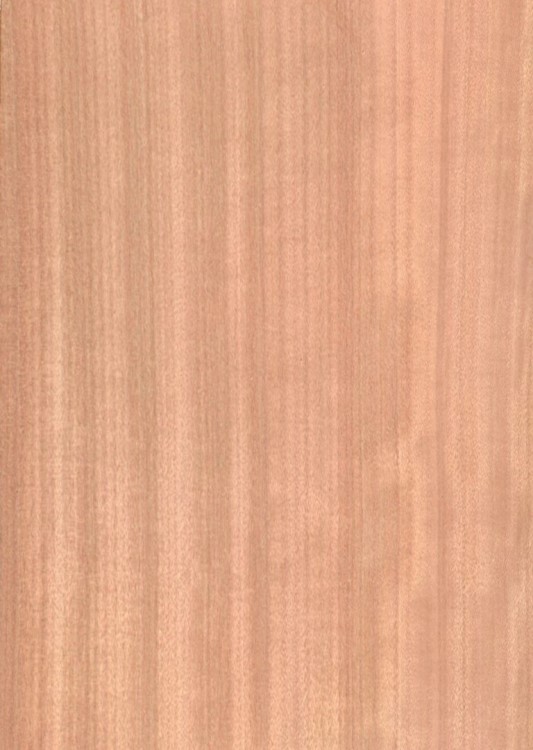
Okume
Description
White or pale grey sapwood not clearly differentiated from the heartwood, which is salmon pink to reddish brown. Wood can attain a mahogany color after exposure to light. Medium to moderately fine texture and a good satin-like lustre. Typically dry weight: 430kg/m3. Grows in Congo, Equatorial Guinea and Gabon.
Properties
Weak, low-density wood with very low stiffness, low bending strength and poor steam-bending quality.
Uses
Used for plywood and blockboard. Also for furniture, interior joinery, cigar boxes and as a substitute for mahogany.
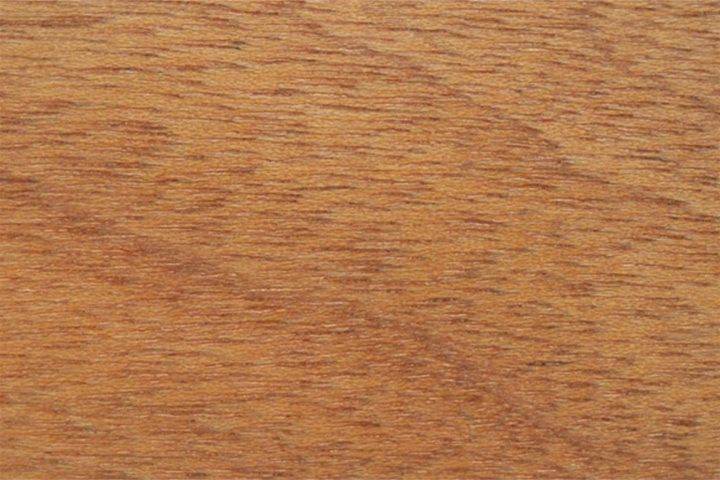
Red Meranti
Description
Also called dark red meranti meranti bunga, perawan or light red lauan. Heartwood can be grey with a pinkish tinge. Moderately coarse texture. Typically dry weight: 540kg/m3. Grows in Philippines, Malaysia, Thailand and Indonesia.
Properties
Medium crushing and bending strength combined with low shock resistance and low stiffness.
Uses
Furniture and cabinetmaking, joinery, kitchen cabinets, office furniture, domestic flooring, boat planking, rough construction, veneer and plywood.
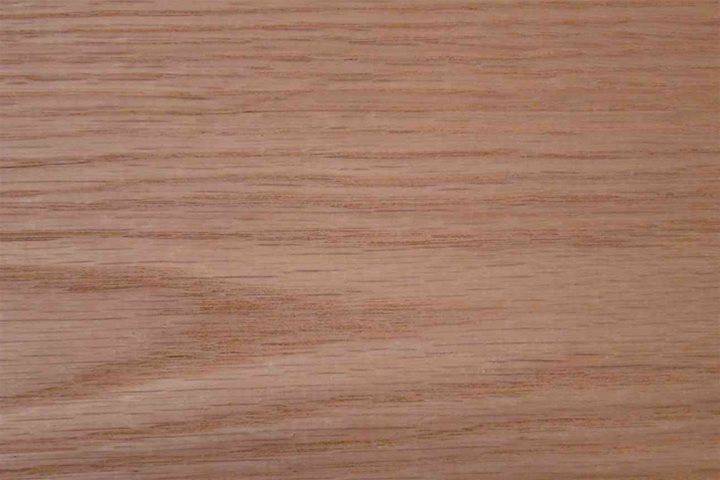
Red oak
Description
Also called American red oak. The heartwood has a biscuit to pinkish- or reddish-brown color. Similar in appearance to white oak but with smaller rays. Texture variable, generally coarse. Typical dry weight: 770 kg/m3. Grows in Eastern Canada and USA, but also in Iran, Europe and UK.
Properties
Heavy and hard, with medium stiffness and bending strength. Works well with sharp hand and machine tools.
Uses
Furniture and cabinetmaking, interior joinery, boatbuilding, parquet flooring, stairs, railroad ties and vehicle construction. Sliced for decorative veneers and rotary-cut for plywood.
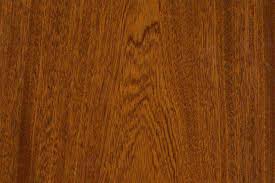
Sapele
Description
This commercially important wood is reminiscent of mahogany, a member of the same family, with a distinctive figure. Typically dry weight: 640kg/m3. Grows in tropical Africa.
Properties
Works well by hand and machine. It planes easily. Moulds, glues and nails very well.
Uses
Most commonly used for flooring. Also used in musical instruments (acoustic guitar bodies, electric guitar bodies and harps).
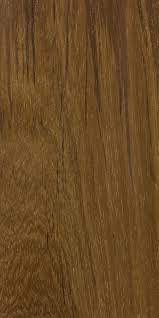
Teak
Description
Uniform dark golden-brown heartwood which darkens on exposure. Distinctive narrow to medium-width sapwood is white to pale yellow. Coarse, uneven texture and an oily feel. Typically dry weight: 650kg/m3. Grows in Burma (Myanmar), India, Indonesia, Thailand, Malaysia, Philippines and Java. Also in Central America and tropical Africa.
Properties
Hard, medium-density wood, strong and durable. Low stiffness and resistance to shock loads, with high crushing strength, medium bending strength and moderate steam-bending qualities. Acid and fire resistant. Relatively easy to work with both hand and machine tools.
Uses
Domestic, outdoor and offices furniture, joinery, flooring, kitchen cabinets, harbor work, boat and ship building, decking, decorative veneers and plywood.




















